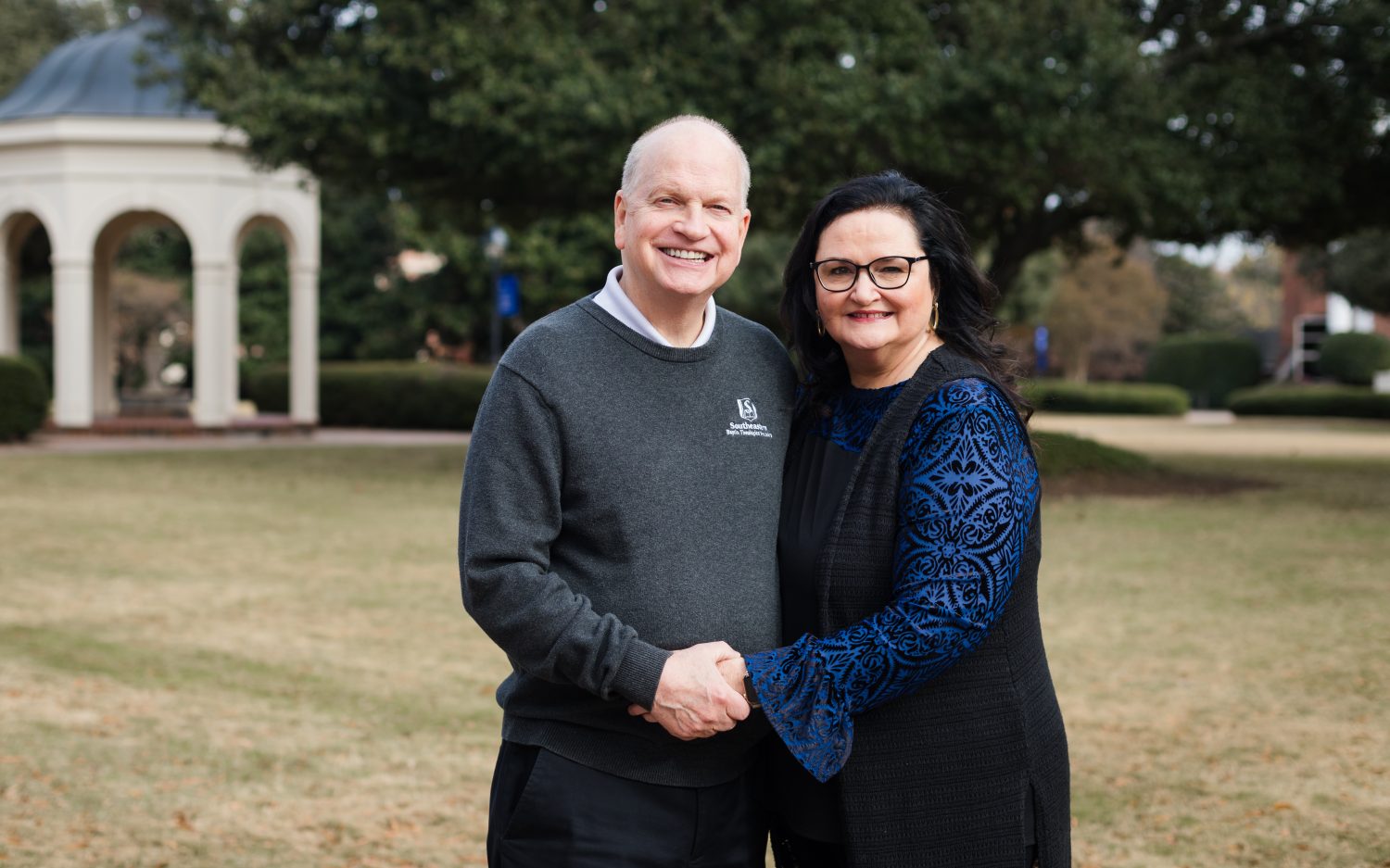Senior living gets smart with a little help from technology
More than 1.4 million elderly Americans live in nursing homes or assisted living communities. Although these facilities provide necessary levels of care that family often cannot, they are expensive, may involve invasive medical monitoring, and limit the independence of the people they serve. But innovations in smart technology may soon provide a less costly and less invasive way for seniors to maintain their independence much longer.
Researchers at the University of Texas Arlington (UTA) have developed a smart apartment designed to help seniors maintain independent living. The technology includes tiny sensors embedded under the floor that monitor the resident’s balance, gait, and weight; an adjustable bed that monitors pressure points and sleep changes; a mug that works with a coffee table to read blood pressure; and a mirror that can detect facial puffiness that might indicate fluid retention, a symptom of congestive heart failure. Oxygen and blood glucose levels can be monitored as well. The apartment also contains products already on the market, such as appliances that talk to each other. For example, the refrigerator can confirm it contains all the necessary ingredients for a meal and then signal the oven to start pre-heating.
All of the monitoring is non-invasive—no blood pressure cuffs to put on, no need to stand on a scale, no finger sticks for blood samples, no oxygen clip on the finger. The sensors are embedded in structures throughout the living quarters so the apartment looks no different than any other. There are no hidden cameras, so the resident doesn’t feel spied upon. The data collected through the sensors transmits wirelessly to a bay of computers in an adjacent lab. The resident can control who has access to the information.
The technology learns each resident’s habits so it can detect any changes that might signal a problem. The apartment also is suitable for couples. If two people share an apartment, the sensors can distinguish between them by differences in weight and other factors, so data can be obtained for each individual, Phil Elmore, CEO of Christian Care Senior Living Communities told me. Elmore’s company donated the apartment used in UTA’s trial.
A smart apartment not only offers residents more independence but also can give families peace of mind.
“The apartment is wonderful for people who want to live independently and be up and doing their own thing but whose adult children may have worries,” Kathryn Daniel, project manager and director of the nurse practitioner program at UTA, told me. “It’s a way of supervising more closely.”
Although the technology is not currently affordable for the average consumer, both Elmore and Daniels are confident manufacturers will take notice and design a cheaper way to produce the technology, which can off-set other expenses. The cost to outfit an apartment likely would be less than the cost of assisted living.
Hospital admissions also can be reduced because the technology can detect potential problems and make it possible to treat them before they become severe. For example, if the data showed a resident gained five pounds in three days, indicating fluid retention, the lab could ask permission to call a doctor.
“The doctor may be able to make a medication adjustment and save the person a trip to the hospital,” Elmore said.
Researchers hope the technology may be on the market in two to four years.
An actual newsletter worth subscribing to instead of just a collection of links. —Adam
Sign up to receive The Sift email newsletter each weekday morning for the latest headlines from WORLD’s breaking news team.





Please wait while we load the latest comments...
Comments
Please register, subscribe, or log in to comment on this article.